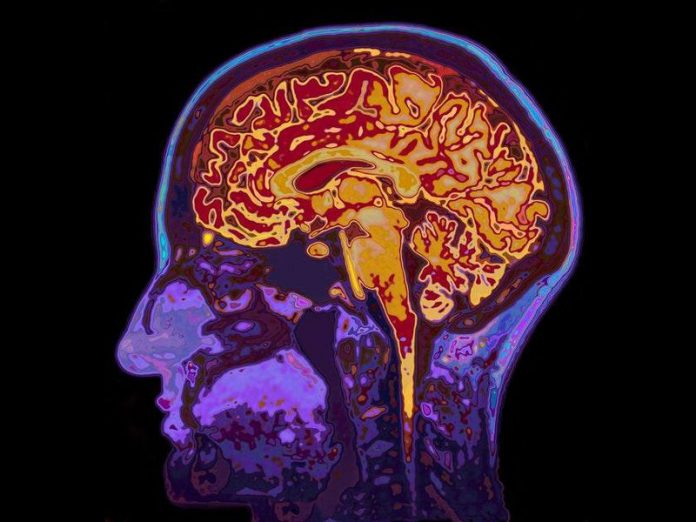
The Responsive Neurostimulation for Seizures, or RNS System, was developed by NeuroPace Inc. of Mountain View, California. It received endorsement from the Food and Drug Administration in November 2013 to treat patients’ seizures that are resistant to medication. The first RNS System was implanted April 17, 2014, and the patient has since recovered.
In clinical tests performed at Saint Barnabas Medical Center in New Jersey by Dr. Doyle and Orrin Devinsky, MD, overseer of the Comprehensive Epilepsy Center at NYU Langone, 55 percent of patients reported at least a fifty percent reduction in seizures up to two years after implantation.
Similar to a pacemaker, the RNS System can monitor brain waves and then respond to activity that is indicative of a seizure. It can then send out bursts of energy to the brain in an attempt to stop seizures before they can begin.
Before the RNS System was implemented, researchers at NYU Langone investigated its viability and security, making it the first non-research clinic in the United States to offer the RNS System to patients.
According to Dr. Doyle, medically-resistant epilepsy can be a crippling issue that puts patients at risk for memory loss and uncontrolled seizures. It is harmful to patients and limits their freedom. Uncontrolled seizures can interfere with normal routines including going to work, attending school, and driving. Patients also experience increased anxiety, depression, injury, and mental health disorders. It can even be fatal.
According to the Center for Disease Control and Prevention, about 2.3 million Americans suffer from epilepsy, with around one in 26 individuals expected to be diagnosed in the course of their lives. Around 33% of patients don’t respond to medication and face significant challenges to daily living.
The RNS System offers an important alternative to patients and could give them the chance to lead normal lives. This system improves the capacity to control seizures and expands choices for those who suffer from epilepsy.










